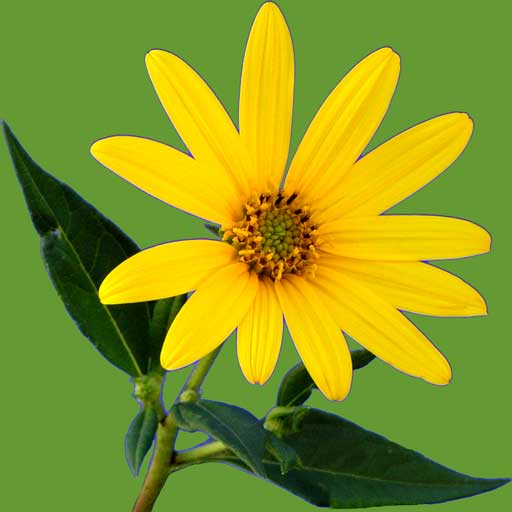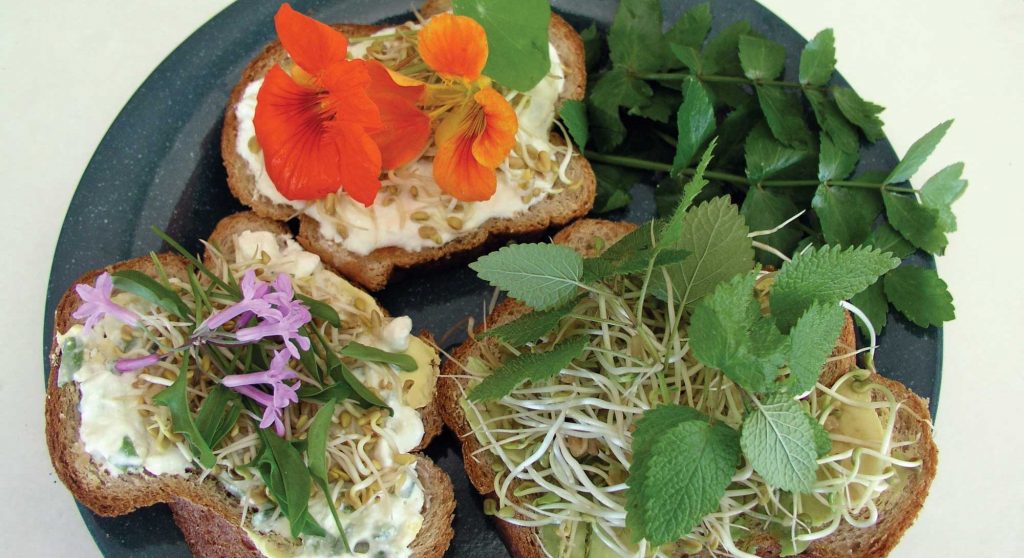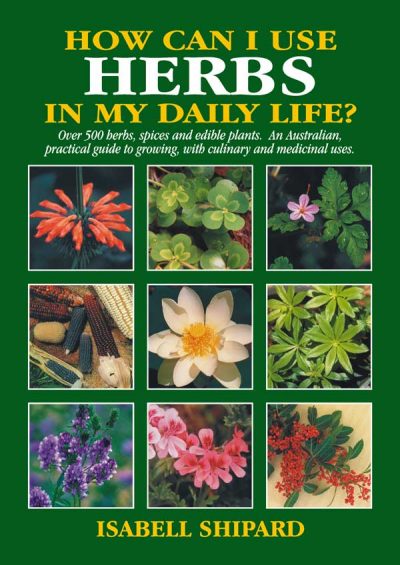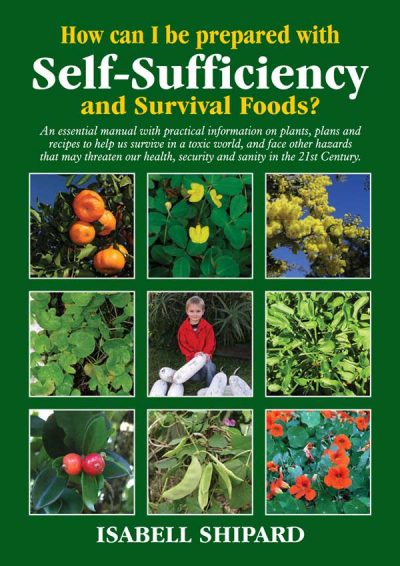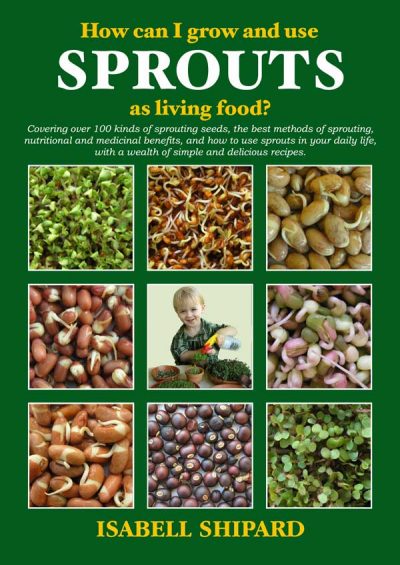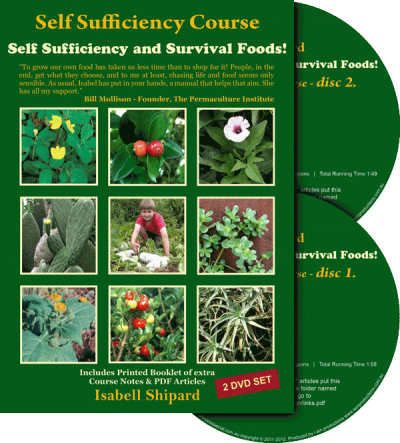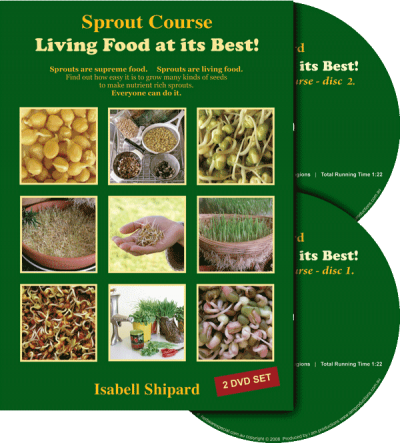Welcome from everyone at
‘Shipards Herb Farm (herbs-to-use.com)’ and ‘Herbs are Special’.
The new year has been very busy and we are excited to share these great specials with you.
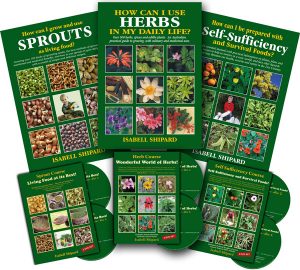
Turmeric: A Natural Antifungal
After reading “The Yeast Connection” by W.G. Crook, M.D. Isabell researched turmeric for its benefits in fighting candida.
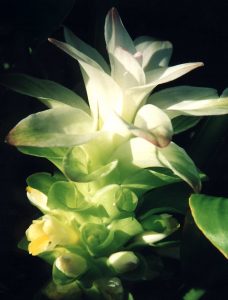
Turmeric is a powerful antioxidant and natural antifungal
Candida albicans is a major problem for a large percentage of the population, due to our diet of processed foods, high sugar intake, and breads made with fast-rise yeast. Our hot summer temperatures make this fungus proliferate so quickly and can result in many problems in the human body.
This yeast occurs naturally in the intestine of the human body. Normally it lives in harmony with a variety of other micro-organisms and actually performs a couple important functions. However, a major problem may occur when something upsets the balance of bacteria in the body and this allows the yeast organism to proliferate and take control of the healthy micro-organisms.
While it normally resides in the intestinal tract, mouth, throat and genitals, however it may also burrow holes in the intestinal tract, and even enter the blood stream and then make it’s way into any organ of the body and emit over 70 different toxins through the body.
When the candida organism proliferates in the body, it wrecks havoc in many ways and is the initiator of many common maladies, conditions, syndromes and illnesses in our population. Symptoms may be: abdominal gas and bloating, migraines and headaches, fatigue, rectal and skin itch, rashes, inflammation; oral, vaginal and penile thrush, anxiety and depression, cravings for sweets, poor memory and inability to think clearly or concentrate, hyperactivity, mood swings, sinus, persistent cough, earaches, muscle weakness, irritability, sensitivity to fragrances and/or other chemicals, athlete’s foot, acid reflux and chronic pain.
One of the most well known forms of yeast is the vaginal yeast infection. However, candida may play a role in just about any mental health condition or other chronic illness you can think of.
Turmeric has a natural antifungal action for treating candida, inhibiting the candida infection, as well as many other fungal infections. Research at the Linus Pauling Institute, Oregon University, USA, also points to turmeric’s curative value in treating colorectal cancers.
Studies have shown that curcumin from turmeric was a more potent anti-fungal than the drug Fluconazole. The curcumin acted by inhibiting the Candida’s adhesion. Candida occurs commonly in over 50 percent of the population, but an overgrowth can be triggered by the use of antibiotics, or by sugar consumption. Alcoholic beverages also trigger a Candida “bloom” as can swimming in chlorinated swimming pools. Stress causes Candida to spread because the release of cortisol during stress raises blood sugar that then feeds the yeast. Birth control pills are also attributed with causing yeast overgrowth.
Other herbs that are used to treat Candida include garlic, toothache plant, king of bitters, licorice and cinnamon. Oregano and olive Leaf also kill fungus and yeast. The toothache plant (Spilanthes acmella) besides use for candida has been found to bring relief in cases of lyme disease, gum and mouth diseases and relapsing fevers, like Ross River fever.
Interesting information about herbs…
Licorice
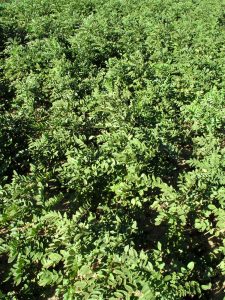
Licorice (Glycyrrhiza glabra) The more I study licorice, the more valuable I see this herb is to health. Research indicates licorice inhibits growth of Helicobactor pylori, which is a known bacteria that causes stomach ulcers. Many people have discovered how valuable licorice is to adrenals and immune system support, also for leaky gut, stomach ulcers, nausea, vomiting, constipation, coughs, colds, asthma, kidney and bladder ailments, skin conditions, stress and brain fog, and for building stamina and energy.
Gotu kola

Gotu kola (Centella asiatica) has a long history of use, dating back to ancient Chinese and Ayurvedic medicine. Gotu kola is mentioned in the Shennong Herbal, compiled in China roughly 2,000 years ago, and it has been widely used medicinally since 1700 AD. It has been used to treat leprosy in Mauritius since 1852; to treat wounds and gonorrhea in the Philippines; and to treat fever and respiratory infections in China.
The most popular use of gotu kola in the United States is the treatment of varicose veins. Preliminary evidence suggests short-term efficacy (6-12 months) of the total triterpenic fraction of Centella asiatica (TTFCA) in the treatment of “chronic venous insufficiency” (a syndrome characterized by lower extremity edema, varicosities, pain, pruritis, atrophic skin changes, and ulcerations, possibly due to venous valvular incompetence or a post-thrombotic syndrome).
Note: Gotu kola is not related to the kola nut (Cola nitida, Cola acuminata). Gotu kola is not a stimulant and does not contain caffeine.
Recipes
Creamy basil dip
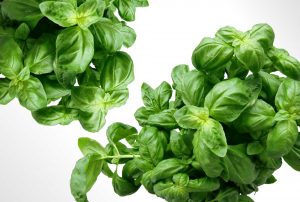
1 cup of cream (reduced fat), or thick kefir
1 pkt French onion soup mix
1/3 cup parmesan cheese
1 garlic clove, crushed
1 heaped tablespoon finely chopped fresh basil
Combine all ingredients together well in a bowl. Refrigerate until firm.
Serve the dip with a variety of vegetables cut into small sticks.
Mint and yoghurt dip
In a bowl mix together
2 tablespoons mint leaves, finely chopped
1 large cucumber (peeled, de-seeded and chopped finely)
1 ½ cups plain yogurt, or the same quantity of thick kefir can be used
2 garlic cloves finely crushed
2 tablespoons oil
zest from small lemon
1 tablespoon lemon juice
¼ teaspoon salt
Chill, and serve with wholemeal bread or toast.
This newsletter comes to you from Shipards Herb Farm (herbs-to-use.com) providing you with fresh plants, seeds and dried herbal teas. As well as Isabell Shipard’s informative books and course DVDs. Which are all available at the farm. If you live local, or are visiting the Sunshine Coast feel free to pop in and visit the Herb Farm. We have been here for over 30 years serving our community.
Herbs are Special, provides you with free herb and sprout information and can help you with all your online book and DVD purchases too.
In signing off, Shipards Herb Farm wishes you happy gardening! We hope to see you at the farm in 2018.
